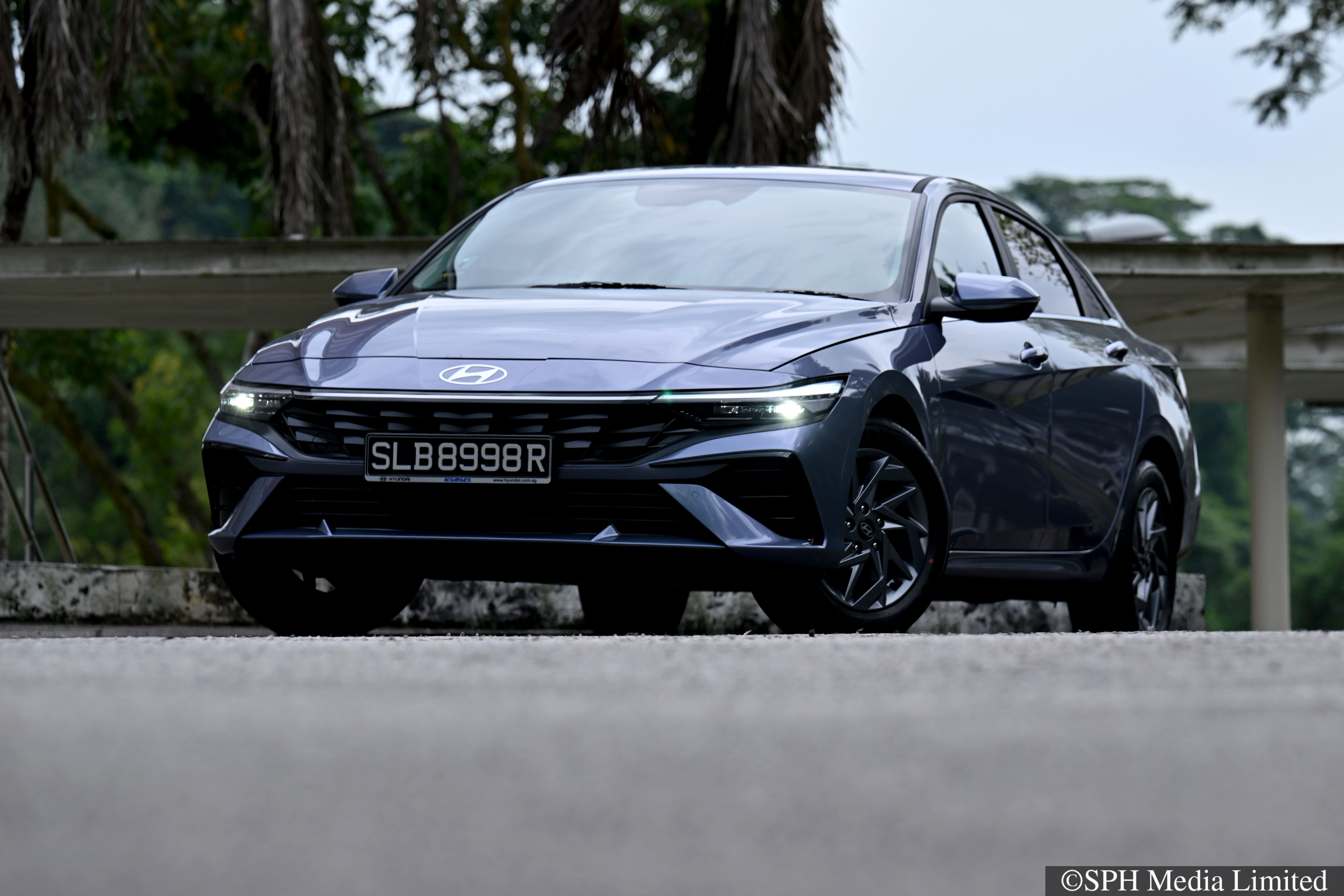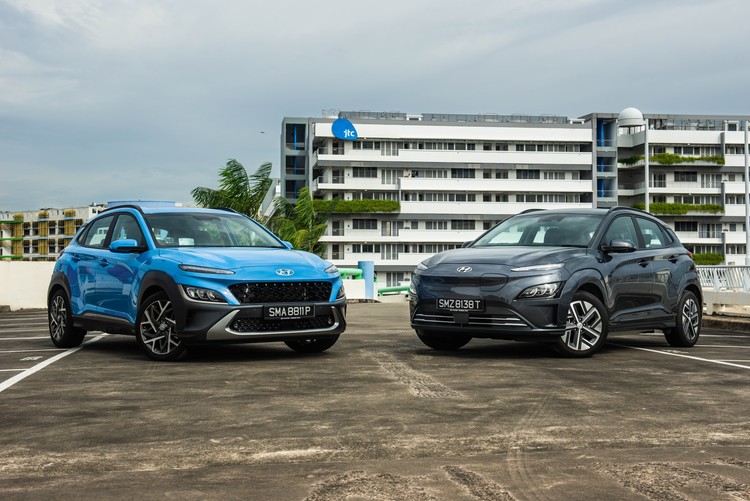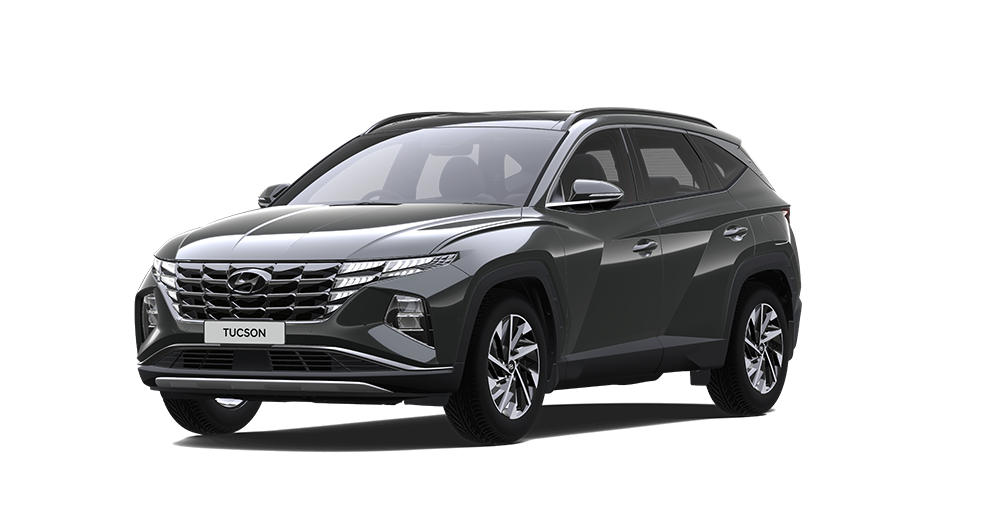SINGAPORE – One plus one usually makes two. Except in the case of a hybrid car, where the sum of two powertrains results in more torque and less consumption.
Yes, the physics-bending proposition requires more moving parts and, thus, a higher financial outlay. But if cleaner air is what cities want and need, hybrid cars are a good compromise, especially when fully electric options are not viable.
Hyundai’s newly launched Avante Hybrid is the latest example. It is powered by an engine-motor combination first seen here in the Kia Niro Hybrid in 2017.
The Kia had an output of 141hp, but in the Avante, that has been pared down to 129hp. This is so that the car qualifies for the less punitive Category A certificate of entitlement (COE).
Indeed, the Avante Hybrid is the only Category A petrol-electric sedan here. It also meets the emission requirements for a $5,000 rebate in the Vehicular Emissions Scheme. The rebate for this band was $15,000 from 2021 to 2023.
Starting at $166,999, the Avante Hybrid is pricier than a pure combustion-engine sedan of a similar size, but cheaper than other hybrid or full-electric equivalents.
Insofar as its main proposition goes, the car does not disappoint. In fact, it is rather impressive. The test car averages 4.3 litres/100km, which is better than Hyundai’s stated value, and superior to what the smaller Lexus LBX Hybrid clocked in a recent test drive.
It is also noticeably more efficient than its non-hybrid twin tested in 2020. It is more driveable too, thanks to its generous level of accessible torque which, at 265Nm, is identical to the shove availed to the Kia Niro Hybrid and Hyundai Kona Hybrid.
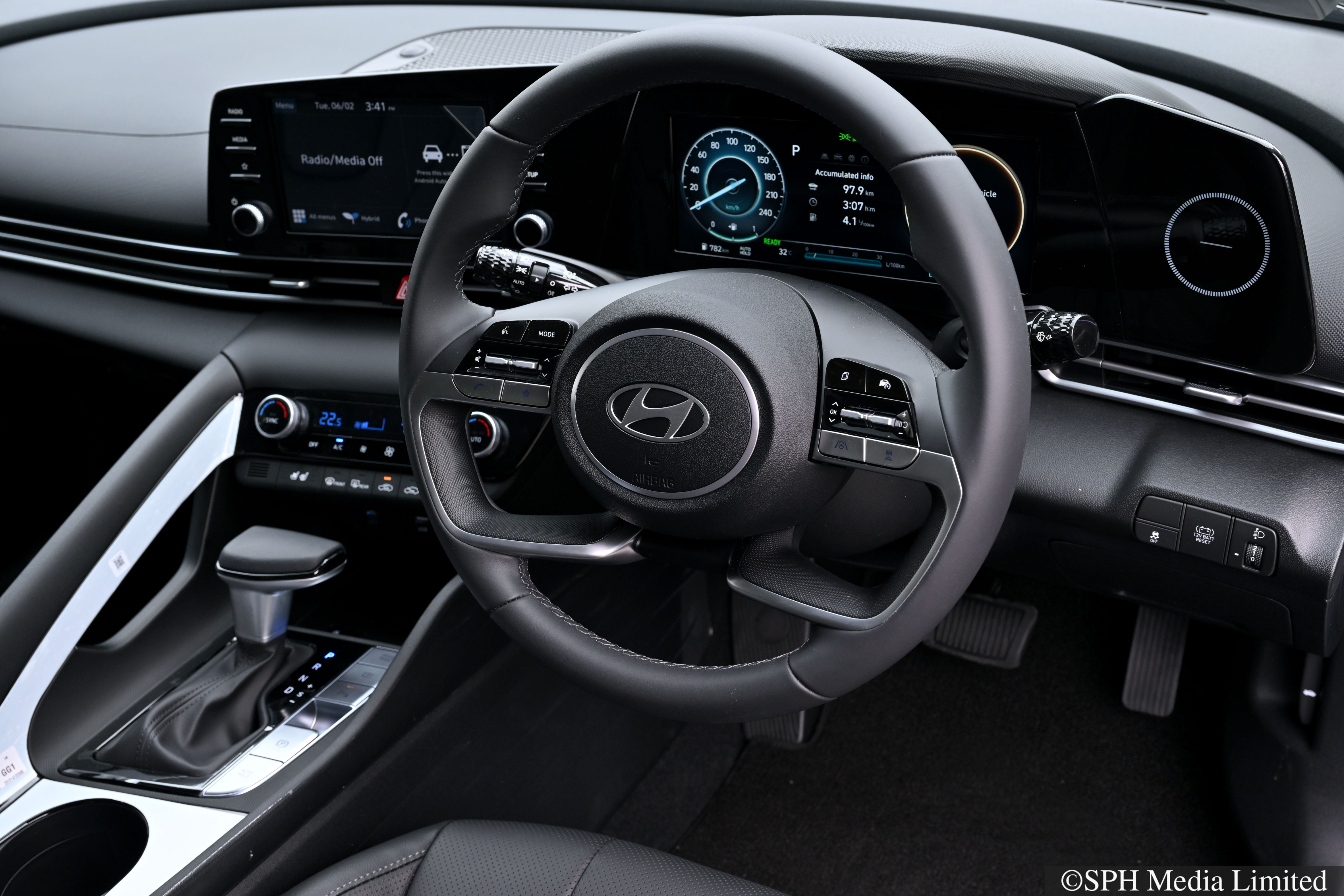
The figure is eminently hearty for a non-turbocharged 1.6-litre car. In the Hyundai, you feel its ampleness across a wide rev range from the get-go. As a result, the car appears quicker than its 10.5-second century sprint suggests.
As with most hybrids, top speed is modest – in this case, 178kmh, which is close to the 180kmh cap for all Japanese domestic models and all new Volvo cars.
The car has excellent coasting capability, which gives it a light, breezy character and contributes to its frugal fuel consumption. This is another ace up its sleeve, which can be better exploited with practice. Initially, you will find yourself having to brake even after lifting your foot off the throttle 100m from a slowing vehicle.
Besides its thorough perkiness and efficiency, the Avante impresses with creditable ride and handling – just like its non-hybrid sibling. These days, when poorly paved tarmac is increasingly rampant, a car with these traits should be celebrated.
Incidentally, these traits put the Avante Hybrid ahead of most electric vehicles, which tend to incur a penalty in the area of comfort and poise because of their heftiness. And in a sea of tallish crossovers, a lower-slung saloon is always welcomed by driving enthusiasts.
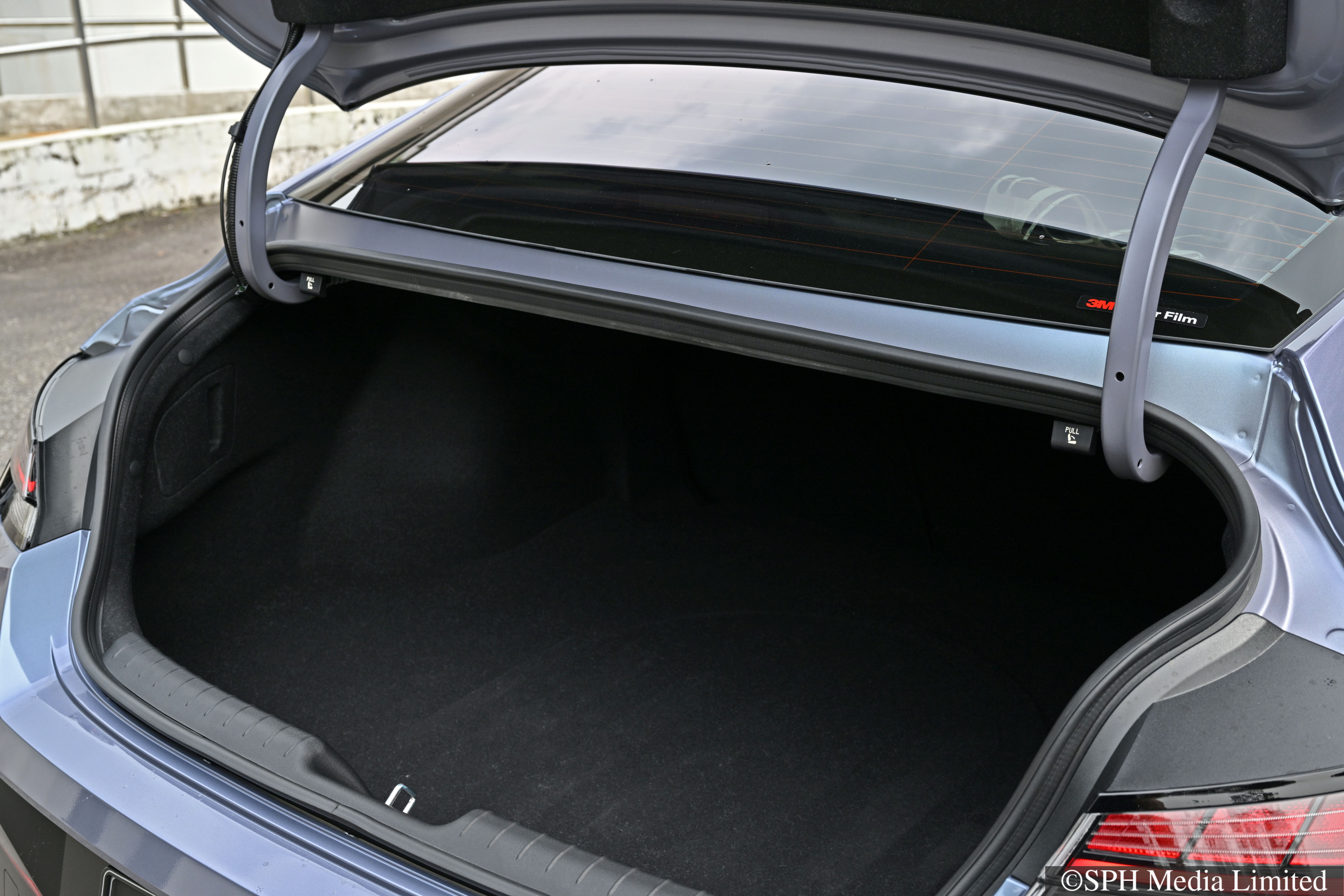
Being somewhat compact, the car negotiates the oldest and tightest multi-storey carparks with relative ease.
User-friendliness extends to its predictable user interface, with traditional door handles, a steering wheel with logical thumb-activated functions and an infotainment system with easy phone connectivity.
Test drive the Avante Hybrid here: https://hyundai.com.sg/test-drive/
A wireless phone-charging cradle, ventilated front seats and adaptive cruise control are some of the other amenities which make the car friendly.
While it does not have paddle shifters, the Hyundai’s gear lever allows manual gear changes with a flick. The urge to do so rarely surfaces, though.
The car has sufficient verve even when driven in its default Eco mode. In Sport, it assumes a more noticeable spring in its step, which is not entirely necessary here.
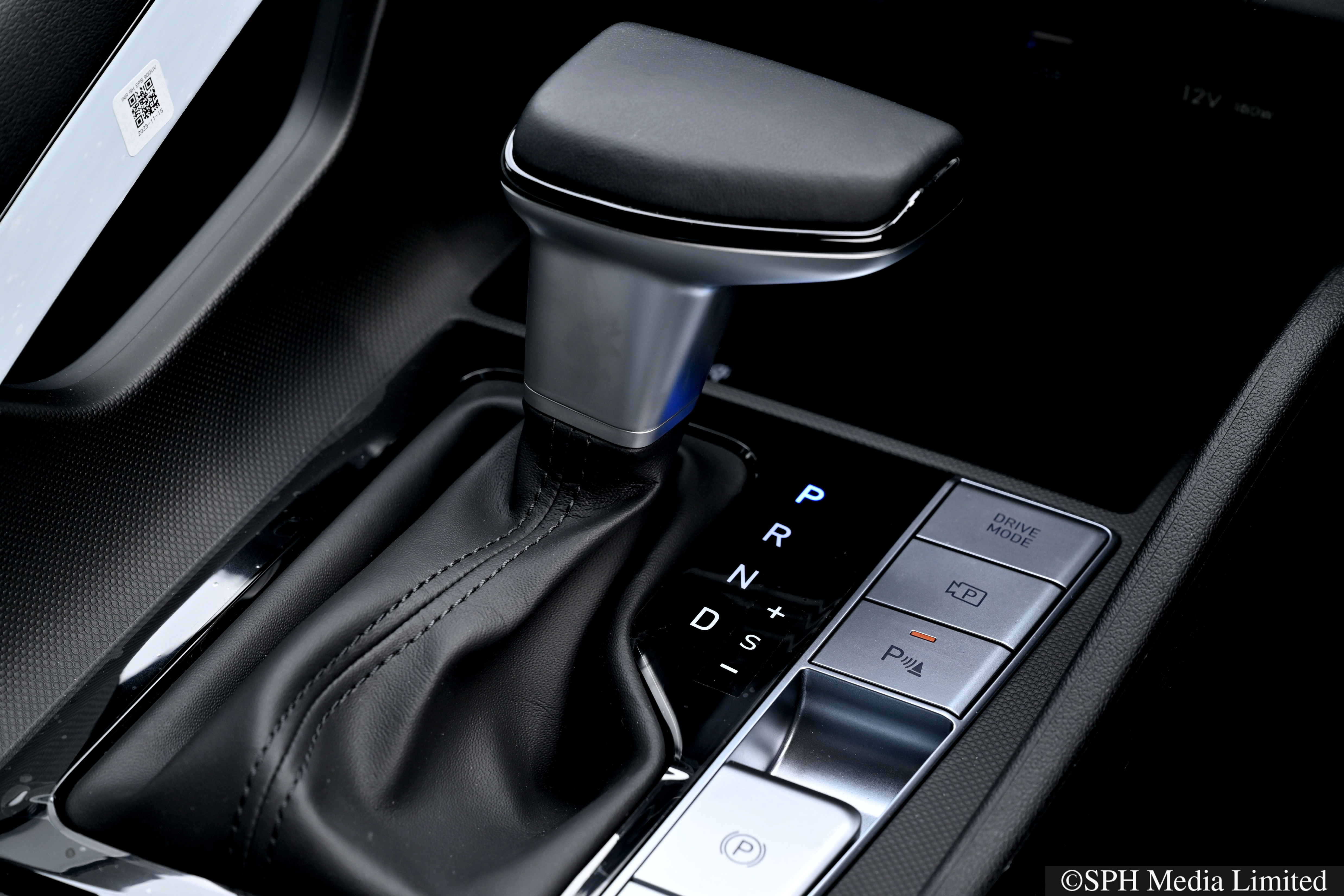
The interplay between engine and motor is smooth and seamless, while the brakes are grippy yet easy to modulate for comfortable, dive-free stops.
The boot has 474 litres of stowage, which is reasonably spacious. But being a sedan, loading and unloading taller items will not be as easy as in a sport utility vehicle (SUV). The handlebar of some foldable bicycles will have to be dismantled before they can be stowed.
The current Avante remains one of the best-looking saloons in town and the latest one is even sharper. Most notable is the front section, which is neater and sleeker with slim headlights that blend with the upper section of a dual-deck grille.
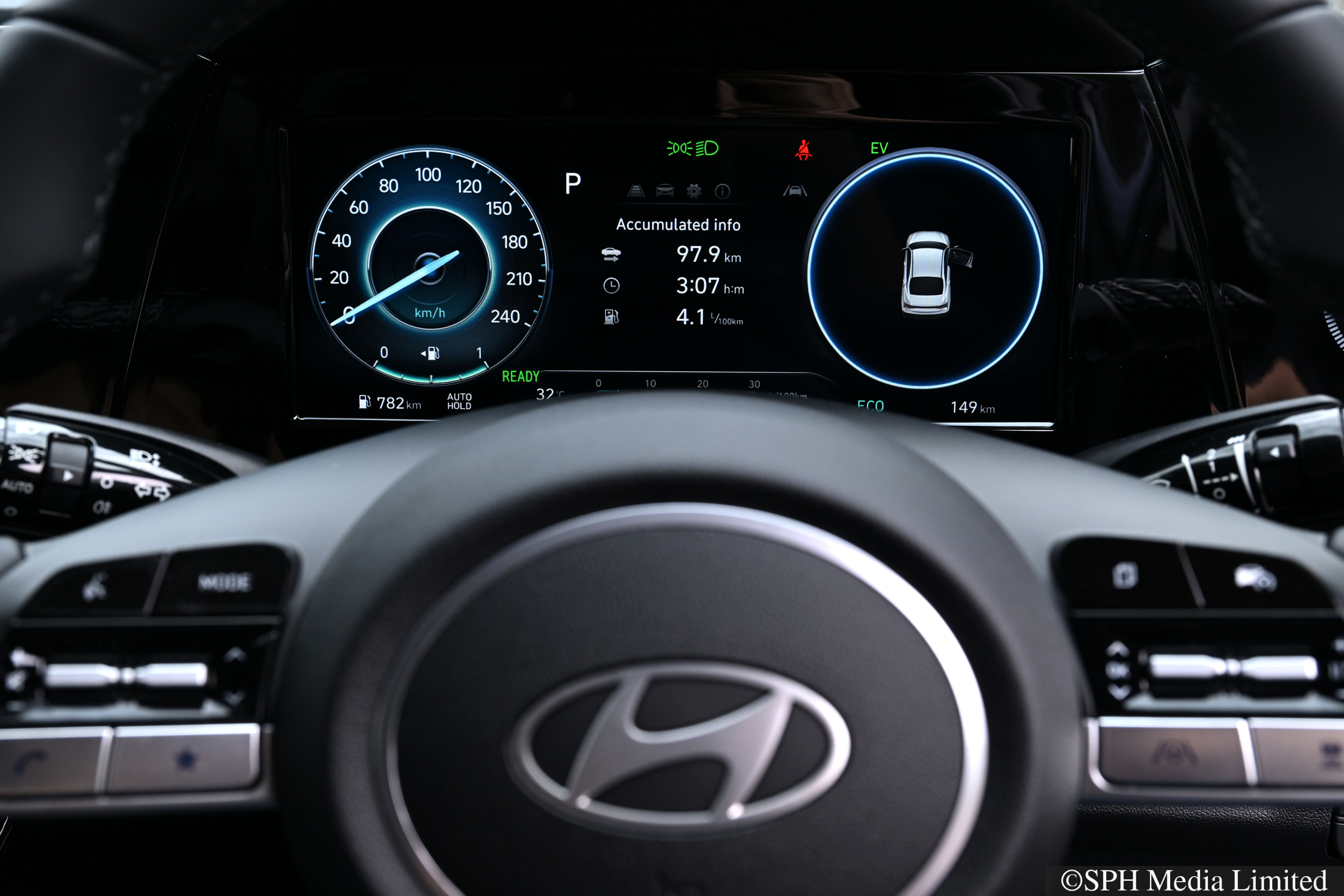
The rear has also been redefined to look more modern. From behind, the car bears a slight resemblance to Hyundai’s electric Ioniq 6 coupe-like saloon.
The refreshed styling, combined with its superb hybrid system, gives SUV-obsessed consumers a good enough reason to reconsider a sedan.
Hyundai Avante Hybrid 1.6
Price: From $166,999 with COE
Engine: 1,580cc 16-valve inline-4 paired with electric motor
Transmission: Six-speed dual-clutch with manual select
Power: 129hp at 5,700rpm
Torque: 265Nm at 4,000rpm
0-100km/h: 10.5 seconds
Top speed: 178 km/h
Fuel Consumption: 4.7 litres/100km
Agent: Komoco Motors
Rating: 4 out of 5 stars
Source: The Straits Times © SPH Media Limited. Permission required for reproduction.
Read the full article here: https://www.straitstimes.com/life/motoring/car-review-hyundai-avante-returns-with-hybrid-tech-sharper-styling-better-driveability
Test drive the Avante Hybrid here: https://hyundai.com.sg/test-drive/
